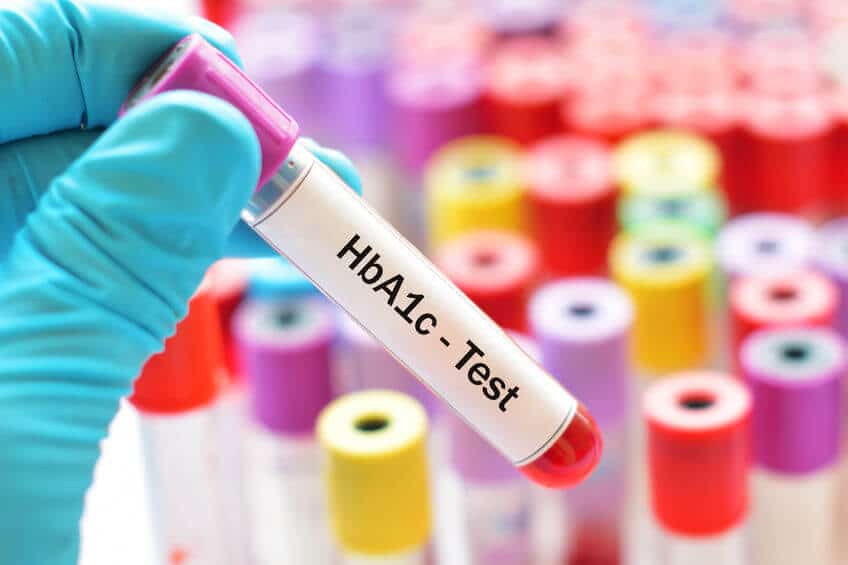A1C (glycated hemoglobin) test

What is A1C?
The A1C test measures your average blood sugar level over the past 2 to 3 months. It’s sometimes called the glycated hemoglobin test.
This test measures the amount of glucose (sugar) attached to the hemoglobin in your blood. Hemoglobin is the oxygen-carrying protein in your red blood cells. The higher your A1C, the higher your recent blood sugar levels have been.
An advantage of the A1C test is convenience. You don’t have to fast before this test. And the blood sample can be collected at any time of day.
Here’s what your A1C test results could mean:
A1C Result
- Below 5.7% Normal
- 5.7 to 6.4% Prediabetes
- 6.5% or higher Diabetes
A1C testing is also used to monitor your blood sugar control after you’ve been diagnosed with diabetes. If you have diabetes, your A1C levels should be checked at least twice a year.
RELATED: Cancer: Types, Causes
Factors that can affect A1C results
A1C measures sugar that’s attached to hemoglobin in your blood. One type of hemoglobin, hemoglobin A, is the most common. But there are many more types of hemoglobin, known as hemoglobin variants. In some cases, having a hemoglobin variant can affect your A1C results.
About 7 percent of people around the world are born with hemoglobin variants, and most people don’t know they have it. Some hemoglobin variants are more common in people of African, Mediterranean, or Asian heritage.
Having a hemoglobin variant can cause your A1C test result to be incorrectly high or low. If your doctor finds that your A1C results don’t seem to be consistent with your symptoms or your other test results, they will likely ask for additional tests.
Some health conditions such as anemia, kidney disease, and liver failure can also affect A1C results. Don’t worry — your doctor will repeat the tests before making a diagnosis.
Fasting plasma glucose test

The fasting plasma glucose test measures your blood sugar at the time of the test. This is different from the A1C test, which measures blood sugar levels over a longer period of time.
For the fasting plasma glucose test, a sample of your blood will be taken after you’ve fasted for at least 8 hours, usually overnight. This means that you have consumed no food or drinks during that time. Your doctor will tell you if you can sip water while fasting before the test.
Your test results will usually be expressed in milligrams per deciliter (mg/dL).
Here’s what your results could mean:
- Fasting plasma glucose Result
- up to 99 mg/dL Normal
- 100 to 125 mg/dL Prediabetes
- 126 mg/dL or higher Diabetes
Random plasma glucose test

Random blood sugar testing is usually used for people who have symptoms of diabetes. A random blood sugar test can be done at any time of day. You do not need to fast before this test.
RELATED; Neoadjuvant Chemotherapy for Breast Cancer?
No matter when you last ate, a random blood sugar test of 200 mg/dLTrusted Source or above suggests that you may have diabetes. This is particularly true if you already have symptoms of diabetes.
